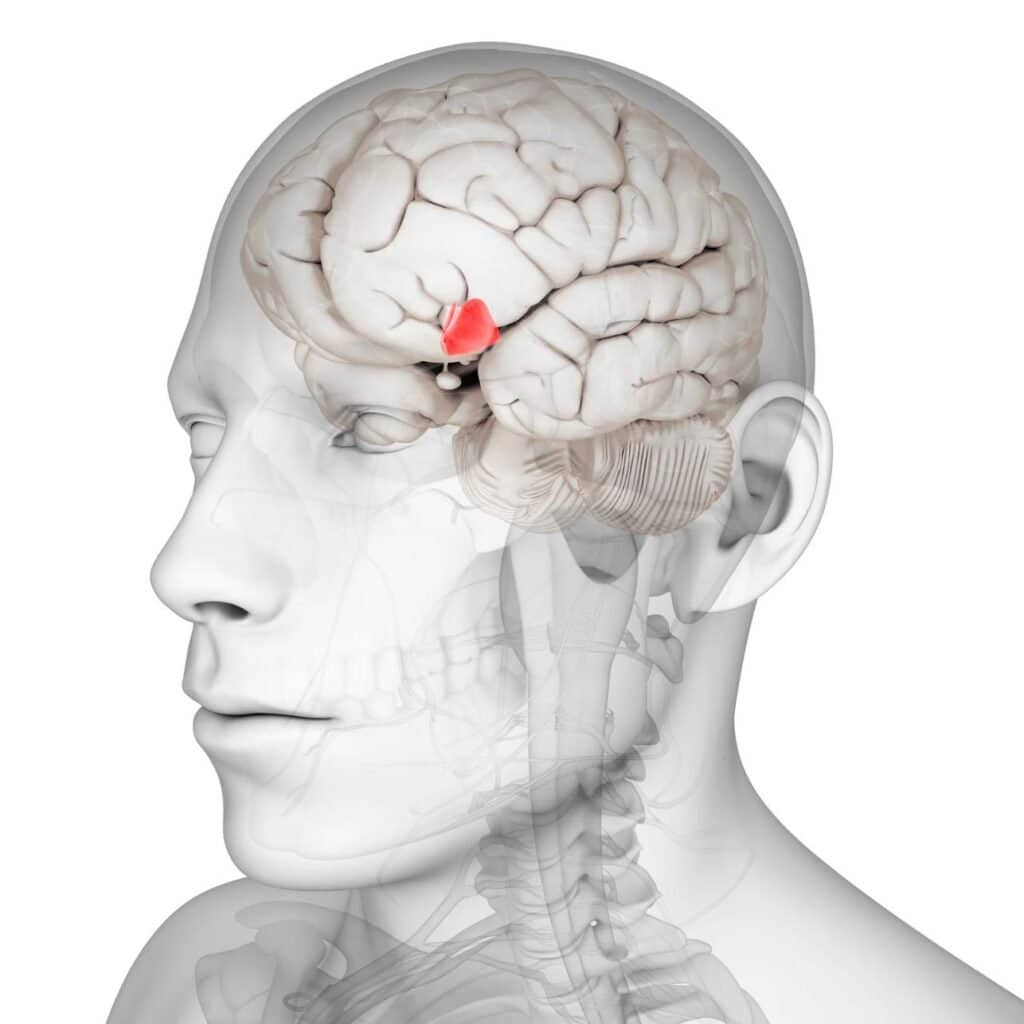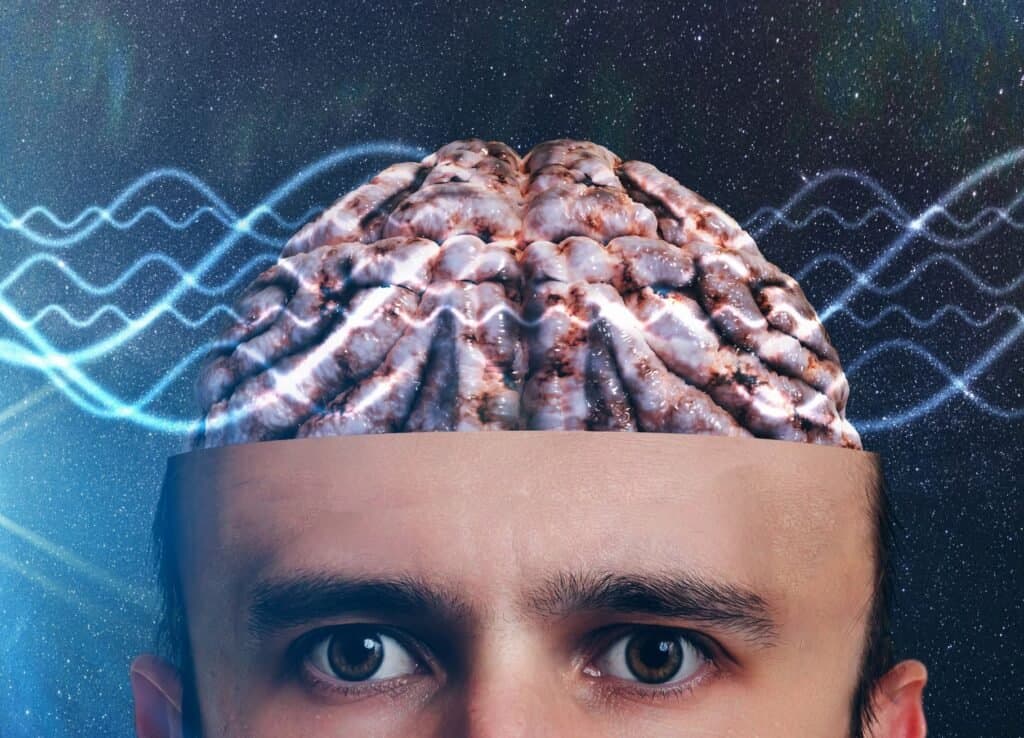Hunger Motivation
Most of us love food. In fact, I can truthfully say that I think about food probably more than I have thought about anything in my whole life. Everyday, even when teaching, I think about what I am going to eat for my next meal (or snack).
If I am in a Vegan phase, I think about nuts, pasta and fruits. If not I think about big juicy cheeseburgers, fresh warm Krispy Crème donuts and a thick chemical enhanced Mc D’s chocolate shake. Damn, I LOVE FOOD.
Our bodies need food!!! However, we sometimes eat even when we do not need food. Thus, the motivation for hunger goes beyond simple nourishment. There are both biological and psychological factors around the motivation of hunger.
Biological Basis of Hunger
When your stomach feels stuffed you probably do not feel hungry and when your stomach is empty you probably get that take me to Taco Bell feeling. Researchers used to believe that the feeling of hunger comes from our stomach. To test the theory out, they made some guy swallow a balloon and inflated the balloon inside his stomach.
The guy felt full for awhile. But after a few hours he began to feel hungry again (even with the full stomach). What this showed us was that hunger does not come just from our stomach. In fact, most of the biological feeling of hunger comes from the brain in a structure that you could already know called the hypothalamus.
There are two areas on the hypothalamus that control hunger. First, there is the lateral hypothalamus that, if stimulated, causes you to feel hunger. So every time you feel hungry, you know your lateral hypothalamus is working. If I took a knife and lesioned your lateral hypothalamus, you would NEVER again feel hungry from a physical perspective. You would probably lose a lot of weight.
Ventromedial Hypothalamus
Next there is the ventromedial hypothalamus, which when stimulated, makes you feel full. Whenever you eat a big meal and don’t even want to think about eating another bite, the ventromedial hypothalamus is doing its job.
If I removed your ventromedial hypothalamus, you would never feel full again, and given the right amount of food, would gain a whole lotta weight.
If the ventromedial hypothalamus is functioning normally, these two areas oppose each other and signal impulses to eat and stop eating at appropriate times. Set-point theory describes how the hypothalamus might decide what impulse to send.
This theory states that the hypothalamus wants to maintain a certain optimum body weight. When we drop below that weight, the hypothalamus tells us we should eat and lowers our metabolic rate- how quickly our body uses energy. The hypothalamus tells us to stop eating when that set point is reached and and raises our metabolic rate to burn any excess food.
Experienced weight loss experts can further explain how achieving optimal weight can be a complicated process because the body’s physical response to food, hunger, and fullness is controlled by both conscious and unconscious factors.
Psychological Factors in Hunger Motivation
Some of us eat even though our hypothalamus is not sending us any cues. If you are motivated to eat by external cues, such as stress, smell, or just the fact that food is in front of you, then you are an external.
If you are more motivated to eat by internal cues, empty stomach, feelings of hunger, then you are an internal. Most of us are a combination of both, although I believe that most Americans lean toward the external side of the fence.
Culture and background also effect our food preferences. For example, when I was growing up my mother would make me a peanut butter and jelly omelet. It was really good!!! But when I made one for my wife, she almost upchucked. But she can eat fried pig skin and ask for more where that makes me gag.
Think about what various cultures might eat around the world. Here are some examples- camel eyes, dog, beer-jelly, monkey brains, fish flavored ice cream etc…. Just realize that hunger goes way beyond the body and nurture plays a large part in the foods we choose.
Eating Disorders
When exploring hunger motivation, one cannot help but encounter eating disorders. In the United States we have three major types of eating disorders.
It is important to be aware that although there is a biological component to eating disorders, they are largely cultural. Some eating disorders that we find in the United States do not even exist in other countries.
-
Bulimia– Bulimics eat large amounts of food in a short period of time (binging) and then get rid of the food (purging) by vomiting, excessive exercise or the use of laxatives. Bulimics are obsessed with food and their body weight. The majority of bulimics are women.
-
Anorexia Nervosa– Anorexics starve themselves to below 85% of their normal body weight and refuse to eat due to their obsession with weight. The vast majority of anorexics are women.
-
Obesity– People with diagnosed obesity are severely overweight, often over 100 pounds, and the excess weight threatens their health. Obese people typically have unhealthy eating habits rather than the food obsessions of the other two disorders. Some people may also be genetically predisposed to obesity.





